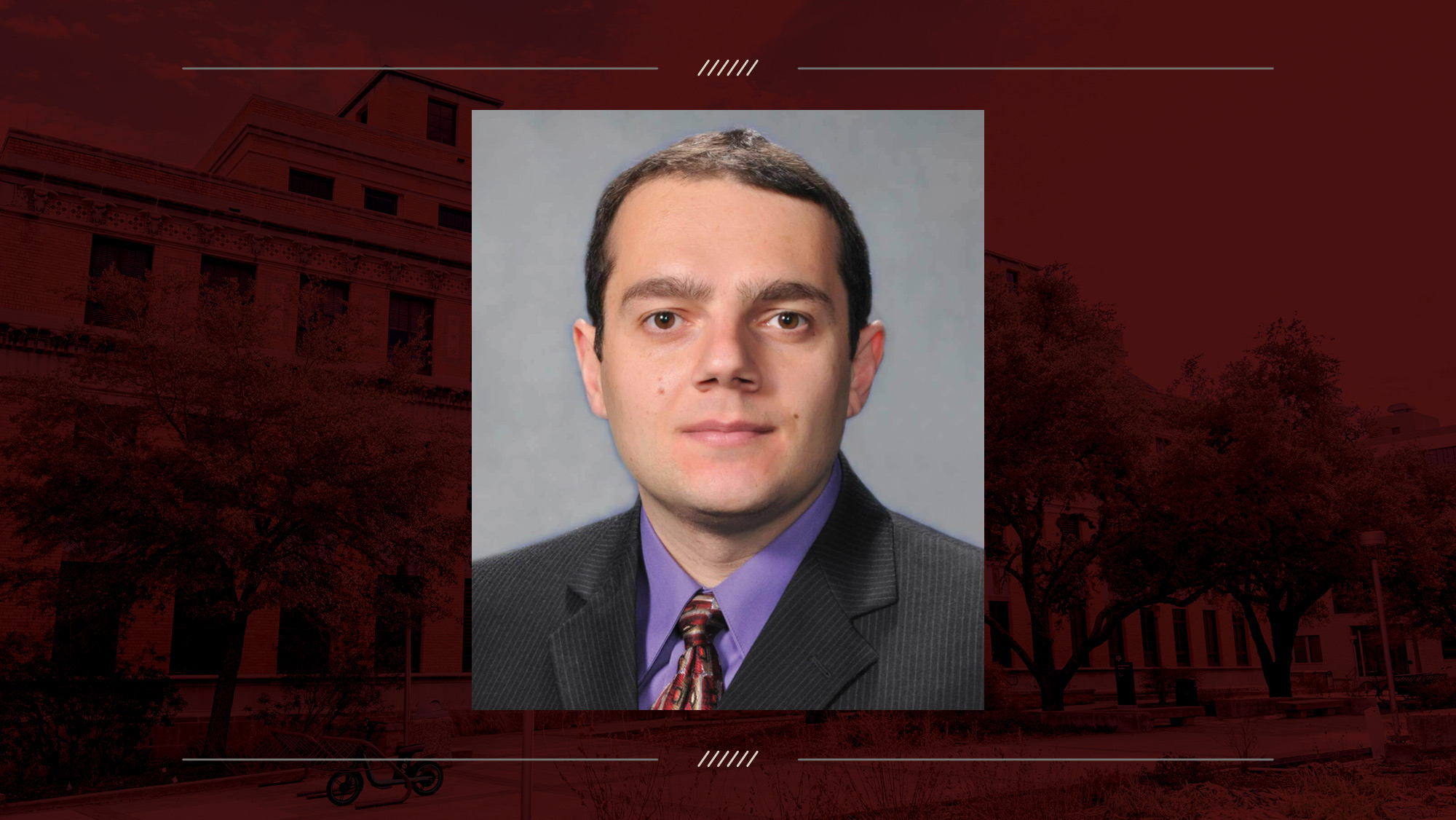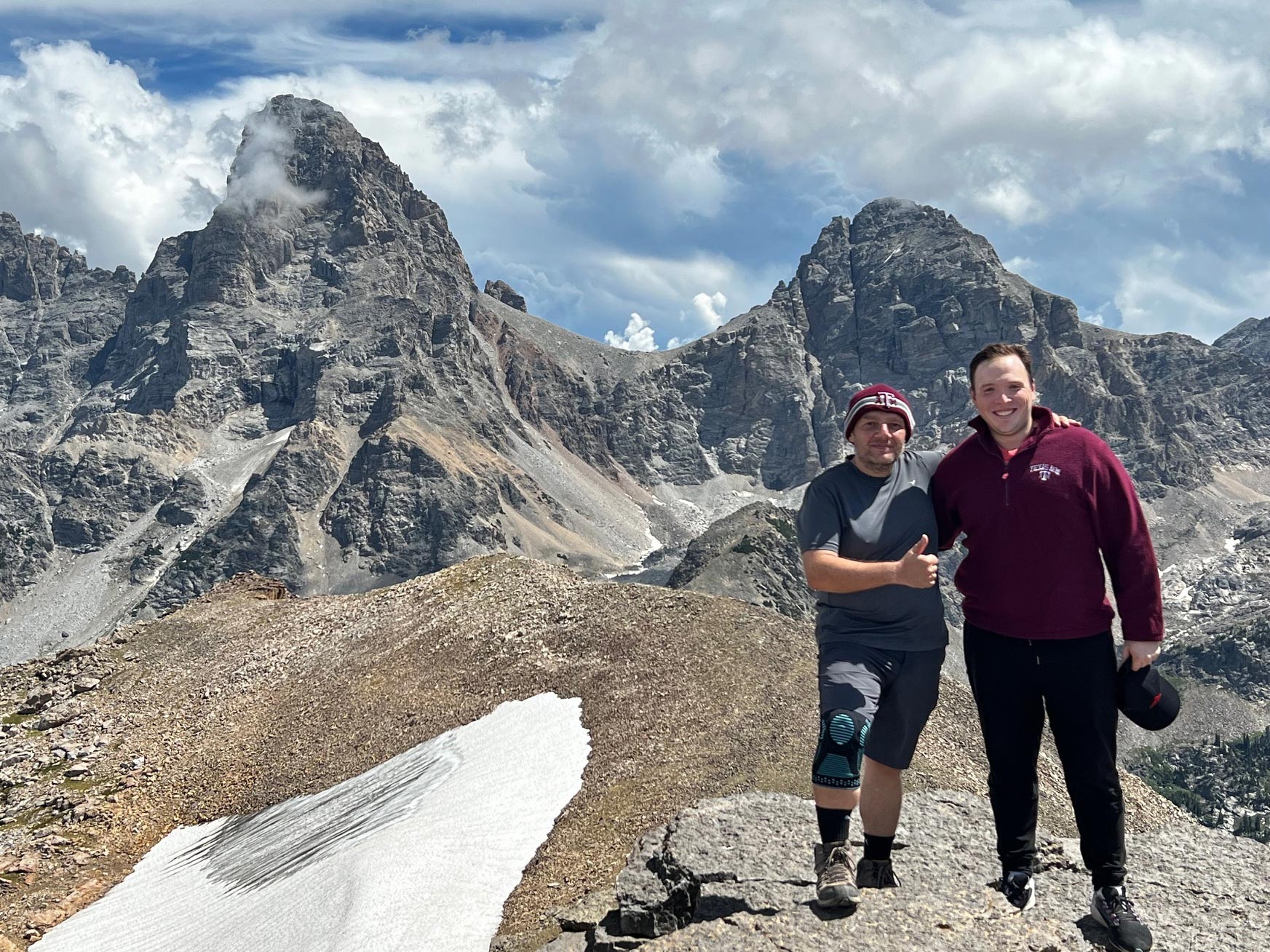
When Idaho National Laboratory (INL) tried to streamline computer simulations of nuclear physics nearly two decades ago, Dr. Jean Ragusa was involved. He’s now poised to enhance his close collaboration with INL through a joint appointment with the laboratory.
Ragusa is a Texas A&M nuclear engineering professor who researches the physics of nuclear engineering through computational methods. After joining Texas A&M as an assistant professor in 2004, he began working with INL’s Multiphysics Methods Group in 2007.
Ragusa’s Ph.D. research centered on utilizing multiphysics simulations to analyze nuclear reactor accidents, incorporating various physical processes and examining their interactions. In the 90s, multiphysics simulations were complicated, Ragusa said, lacking a smooth way for different pieces of software that simulate different physical processes to talk to each other.
At that time, nuclear engineering researchers were working on improving the connections between different software programs. When INL became a national laboratory under the U.S. Department of Energy in 2005, it started an initiative to gather many different physics simulation programs into one efficient, intuitive system. This system became MOOSE, the Multiphysics Object-Oriented Simulation Environment, a fully coupled multiphysics framework that incorporates over two dozen physics simulation applications. Since it complemented his research, Ragusa joined this effort to efficiently combine multiple software programs.
“It happened to be at the right time, and having done this in the past during my Ph.D., we were just talking the same language when I met those people at workshops,” he said. “They invited me to INL, and we worked on so many projects together over almost two decades.”

The connection between Texas A&M and INL doesn’t stop with Ragusa. Over the years, almost half of Ragusa’s Ph.D. students have joined INL, where they have either worked directly on the MOOSE framework or on codes derived from it.
“It's a constant pipeline,” Ragusa said. “The connection with A&M has been strong for many years, and I hope it continues well into the future. With so many new advanced reactor systems to study, there’s a growing need for students trained in these cutting-edge tools.”
INL offers more than research opportunities. Visiting local attractions in neighboring Wyoming like Grand Teton and Yellowstone National Parks can offer another draw for prospective INL interns. When visiting INL, Ragusa would sometimes spend an entire month in Idaho Falls to enjoy the region’s natural beauty with his students.
“Idaho Falls is a great place in the summertime,” he said. “When I visit my students, we would go on hikes and 11,000-feet climbs. When I was struggling, they motivated me; just like when I motivate them to do research, they motivate me to keep going to the top.”
Ragusa’s joint appointment began on October 1. The position lets him participate in internal-only processes and bring more of his expertise to the lab. He will also have more opportunities to collaborate with his former students. Additionally, the lab provides him opportunities to mentor younger scientists.
“I'm looking forward to the ability to impact the lab in a broader sense,” Ragusa said. “I look forward to seeing the internal side of the lab that you don't necessarily see when you're only a professor.